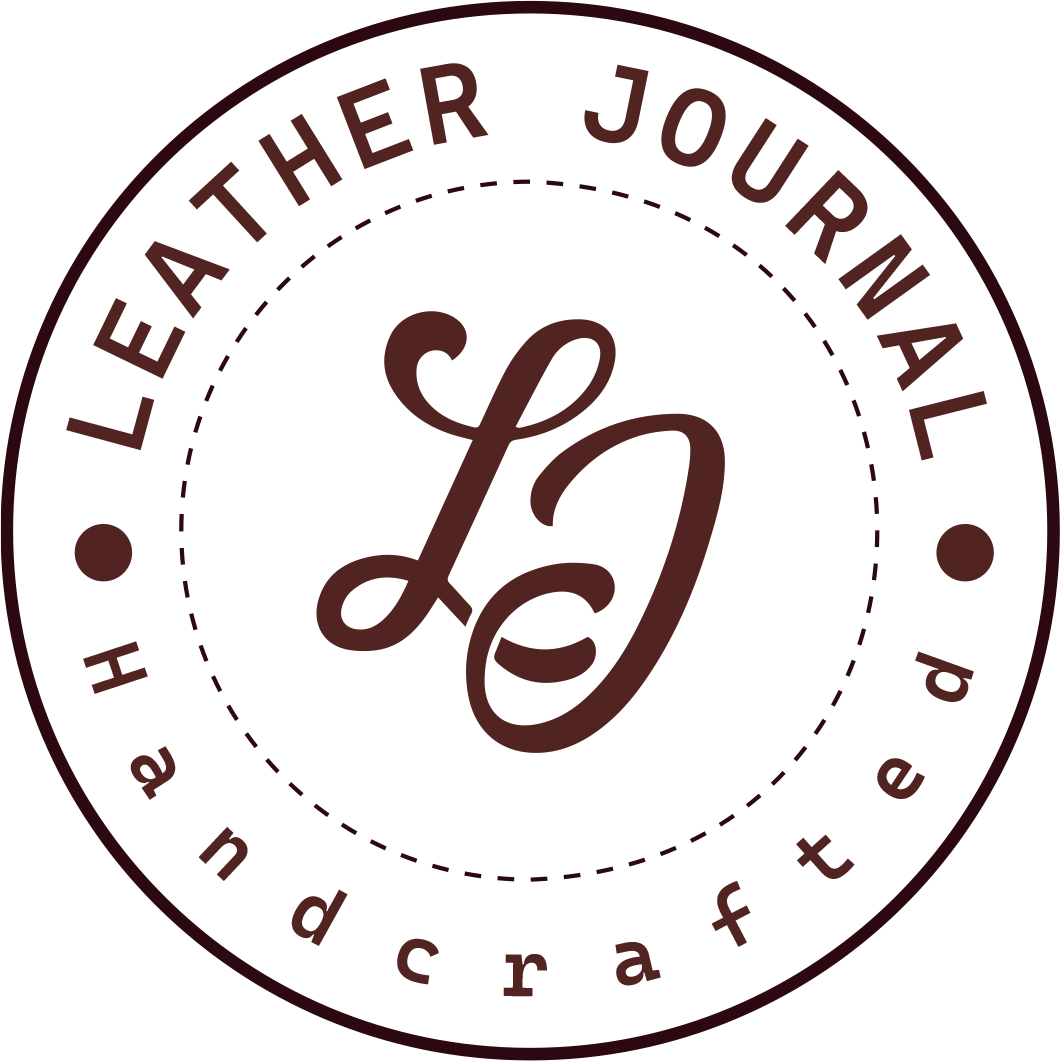The Ultimate Guide To Mink Oil On Leather
Key Takeaways:
Conditions And Softens Leather
- Clean the leather item to remove any dirt or grime before applying mink oil.
- Apply a small amount of mink oil with natural softening properties to a soft cloth or sponge and rub it into the leather using circular motions.
- Allow the mink oil to penetrate the leather for a few hours, ideally overnight, before wiping off any excess oil.
- Repeat the process if necessary, depending on the level of softness desired.
For best results, choose a high-quality mink oil with natural softening properties and rich in fatty acids to effectively soften and condition natural leather.
Protects Against Water Damage
Mink oil provides exceptional waterproof protection to leather, enhancing its water resistance. It forms a barrier on the leather's surface to safeguard it from water damage, keeping your leather items safe and durable in wet conditions.
Restores Natural Oils In Leather
Restoring natural oils in leather is crucial for maintaining its quality and durability. Mink oil is a popular choice for replenishing these oils, helping to revive the leather's flexibility and prevent it from drying out. When applying mink oil, it is important to make sure the leather is clean and dry to ensure maximum absorption. Pro-tip: Before applying to the entire surface, test the mink oil on a small, inconspicuous area to ensure it does not alter the appearance of the leather.
Prevents Cracking And Drying
- Choose a good quality mink oil to prevent dry out and cracking of leather.
- Apply the mink oil evenly on the leather to ensure it penetrates and protects from wear and tear.
- Allow the leather to absorb the mink oil for a few hours before wiping off any excess oil.
- Repeat the process regularly, especially in dry conditions, to maintain leather suppleness and prevent cracking.
Adds Shine And Luster
Using mink oil on leather adds shine and luster, keeping it looking good for years. It penetrates the leather, moisturizing and replenishing oils, enhancing its natural beauty. Regular application creates a protective barrier, preventing dryness and cracking, thus extending the leather's lifespan.
Clean The Leather
- Gently wipe the leather with a soft, dry cloth to remove any excess dirt or dust.
- Prepare a solution of mild soap and water.
- Dip a soft cloth into the soapy water and wring it out to remove excess moisture.
- Gently wipe the leather with the damp cloth, ensuring not to oversaturate the leather.
- Use a clean, damp cloth to wipe off any soap residue.
- Dry the leather thoroughly with a clean, dry cloth.
Mink oil has been used for centuries to condition and protect leather due to its natural properties that help maintain the material's suppleness and water resistance.
Warm Up The Mink Oil
- Place the container of mink oil in a warm area to soften it, aiding in easy application.
- Avoid any high temperature heating processes, as mink oil can degrade when exposed to excessive heat.
Apply The Oil With A Cloth Or Sponge
- Prepare the cloth or sponge by dampening it slightly with mink oil.
- Apply the oil to the leather in a circular motion, covering the entire surface area.
- Use a clean sponge to remove any excess oil and to buff the leather to a natural shine.
- Allow the leather to absorb the oil for at least 30 minutes before using or wearing the treated item.
Allow The Oil To Soak In
- Generously apply mink oil to the surface of the leather.
- Allow the oil to soak in for at least 12 hours, ensuring it penetrates the leather.
- Buff the leather to remove any excess oil and reveal a natural sheen.
A friend once neglected to properly let the mink oil soak in, resulting in a sticky residue that attracted dust. Learning from this experience, he now ensures the oil is fully absorbed into the leather for a flawless finish.
Buff The Leather
- Prepare the leather by wiping off any dirt or dust using a soft, dry cloth.
- Apply a small amount of mink oil to the leather using a clean cloth, rubbing it in circular motions.
- Allow the mink oil to penetrate the leather for a few minutes.
- Buff the leather with a horsehair brush to bring out the shine and luster.
Pro-tip: For an extra glossy finish, use a clean, soft cloth to buff the leather in quick, brisk strokes.
Darkening Of Leather
Over time, leather can naturally darken due to exposure to light, oils, and other environmental factors. The darkening of leather is influenced by its chemical makeup, with oils and waxes in the leather reacting to external elements. This process gives leather its characteristic patina, enhancing its appearance and uniqueness.
Greasiness
The greasiness of leather after applying mink oil is caused by the chemical elements present in the oil. Mink oil replicates the properties of human sebum, which may initially give a greasy feel to the leather. However, over time, the oil is absorbed, providing nourishment and restoring the suppleness of the leather.
Unpleasant Smell
Unpleasant smell from mink oil on leather can be caused by either chemical elements present in the oil or the natural odor from animal hides. To address this issue, one can try airing out the leather item for a few days or using odor-neutralizing products like baking soda to eliminate the smell.
In the nineteenth century, the use of mink oil to treat leather became popular due to its exceptional waterproofing and conditioning properties, especially for military equipment and footwear.




















